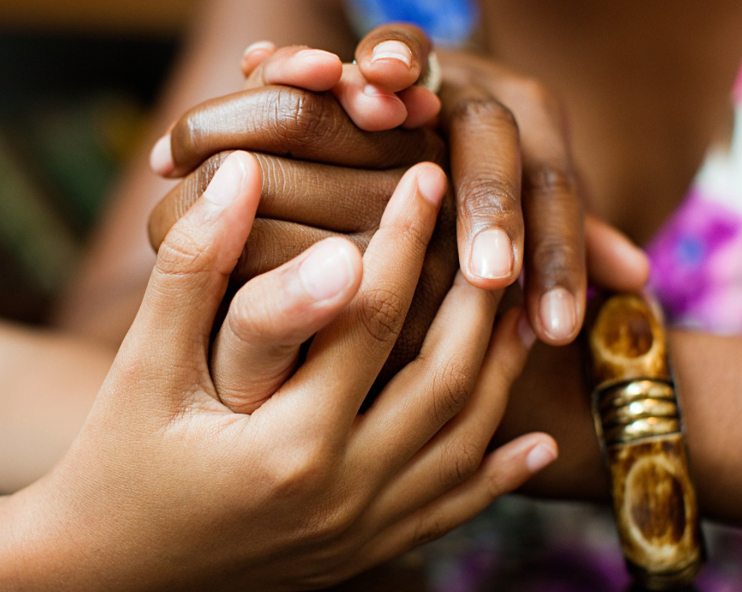We sat down for a Q & A with Tom*, a Bridge Leader, Associate Pastor of PCUSA church, former church-planter, and Husband and Father, of three.
Q: What are the advantages of Bridges Model of making disciples where you live, work, and play? Of having the option of a “church without walls”?
A: The beauty of Bridges is disciple-making without the high cost of the institutional church. It’s a tremendous freedom to say, “Look, I want to pour my life into you ,and you don’t have to become a part of my club.” That gives enormous credibility. Plus, there’s so much negative baggage associated with the high cost of the institution of the church, especially in the younger generation’s perception. Jesus is popular with them, and spirituality is on the rise in their demographic, but the institution has become a liability for them. Bridges, on the other hand, steps outside of that whole milieu, and proves that the goods we really want to give don’t have to depend on the institution. The institution of the church is a blessing and curse: it offers so many resources– programs for kids and youth that really do provide peer groups. But it can so easily become an end in itself.
Q: How does Bridges’ Model Differ from the Church-Planting Model?
A: Well, I planted a church in Los Angeles for Filipino immigrants and one in Louisiana. My salary as a pastor was tied to membership growth of the church. I couldn’t build into peoples lives without there being an obvious kickback coming. By contrast, with Bridges, my “salary” is dependent on reports coming back from the unchurched that they are opening up to God in various ways. With Bridges, it is assumed that progress will take much longer. It is much more realistic. Donors to missionaries abroad don’t have institutional expectations, and donors to Bridges don’t have them of missionaries to the US. With Bridges, missionaries don’t have a timetable for teaching tithing to their disciples, whereas church-planting pastors do.
Q: What are the obstacles to embracing the Bridges’ Model?
A: There’s a huge learning curve for people who have been in church a long time. Not necessarily needing to build a church? That’s hard to get your mind around. It took me four years, in fact, and finally it clicked when I came to a Fall Conference and heard the stories of several Bridge Leaders in the field.
Q: What is the greatest hope Bridges’ offers?
A: Freedom. Bridges gives mission-minded disciples the opportunity to pour into people in our country who are outside of church culture. They can still reach these people!






